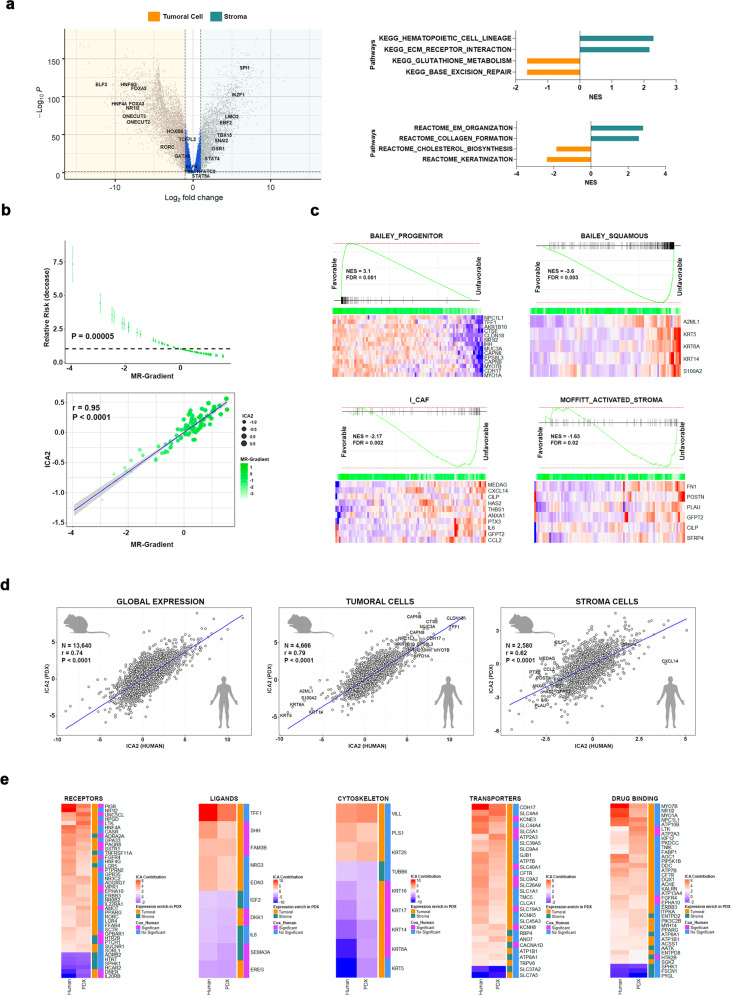Fig. 3. Patient-derived Xenografts recapitulate key determinants of PDAC prognosis.
a Differential expression analysis was performed on the PDX tumor epithelial cell (human) and microenvironment (mice) matrices to evaluate the master regulators (MR) enrichment and pathways polarization. b Cox regression analysis confirmed the PDX transcriptional homology scoring significantly the patients following the MR-Gradient (uHR = 0.6, 95% CI [0.47–0.77]; P = 0.00005). In addition, we implemented ICA on the PDX expression matrix to identify the biological component that explains the MR-Gradient. c PDX ICA2 captured key pathways related with PDAC prognosis, including the tumor epithelial cell with the BAILEY_PROGENITOR (NES = 3.1; FDR = 0.0005), BAILEY_SQUAMOUS (NES = −3.6; FDR = 0.003) frame and microenvironment with I_CAF (NES = −2.17; FDR = 0.001), and MOFFITT_ACTIVATED_STROMA (NES = −1.63; FDR = 0.009). d Human and PDX ICA components displayed a high homology globally (r = 0.74; P < 0.0001) and both in tumor epithelial cell (r = 0.79; P < 0.0001) and microenvironment (r = 0.62; P < 0.0001) stratum, assigning equivalent weight to central PDAC biological markers. e Comparing gene contribution of human and PDX ICA components related with prognosis-related phenotype.

